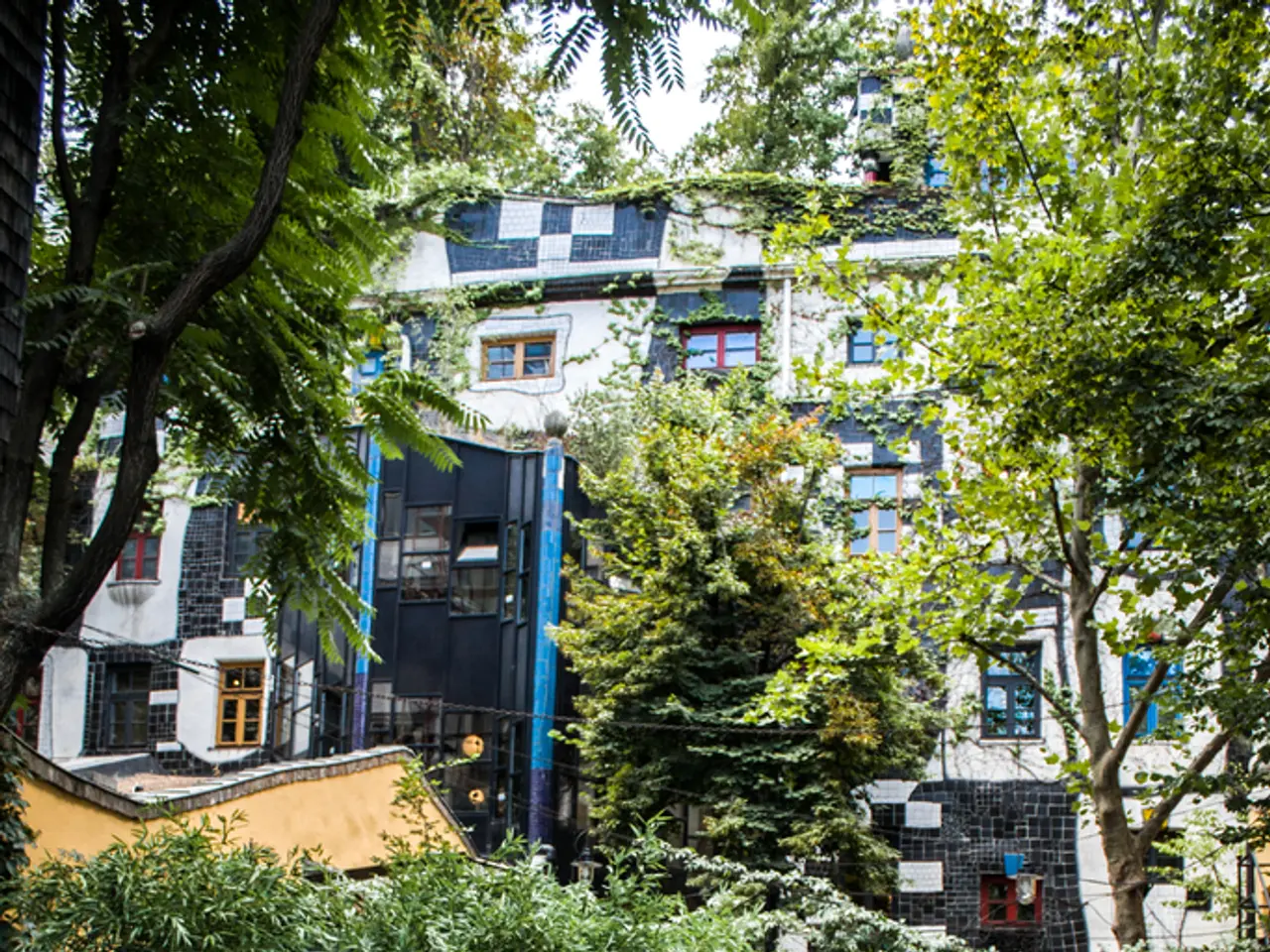Himalayan Pink Salt Lamps: Claimed Benefits Examined and Evidence Evaluated
Pink Himalayan salt lamps have become a popular addition to homes and offices, known for their distinctive rosy glow and aesthetic appeal. However, when it comes to their perceived health benefits, the scientific evidence is limited and often anecdotal.
The belief that these lamps purify the air is based on the concept of hygroscopy, where the salt attracts moisture and potentially pollutants. While this may be true, the impact on air quality is minimal compared to dedicated air purifiers. Studies on ionizers suggest that they can reduce particulate matter, but their effect is small in enclosed spaces like homes. Consequently, there is no concrete proof that pink Himalayan salt lamps improve air quality or remove allergens or germs from the air.
Claims about respiratory benefits, such as improved asthma and allergy symptoms, are often linked to "salt therapy" or "halotherapy," which involves spending time in salt environments. While some anecdotal evidence suggests benefits, scientific support is limited, and more rigorous studies are needed. Inhalers containing Himalayan salt are also available, but the evidence for their effectiveness in treating respiratory conditions is not high-quality, and further research is required.
The mood-enhancing effects are hypothesized to result from negative ions increasing serotonin levels, but studies are inconclusive and not specifically focused on salt lamps. Better sleep is attributed to the lamp's warm light promoting relaxation, but this is indirect and not strongly supported by scientific evidence. Magnesium in Himalayan salt is known to aid sleep, but the amount in salt lamps is likely insufficient.
Pink Himalayan salt comes from the Himalaya Mountains in Asia, with most of it coming from the Khewra Salt Mine in Pakistan. The pink color of the salt is due to a high concentration of minerals.
While there are few documented safety concerns with pink Himalayan salt lamps, as with any electrical device, there is a risk of fire if the lamp is not used properly. Additionally, the hygroscopic properties can lead to moisture accumulation, potentially causing dampness or mold in humid environments. Therefore, it is essential to use the lamps responsibly and keep them out of reach of children and pets.
In summary, while pink Himalayan salt lamps may create a calming environment, the scientific evidence supporting their health benefits is limited. Although they can provide a nice ambiance to a person's home or office, their benefits may be more decorative than therapeutic. As with any health-related product, it is essential to approach claims with a critical eye and consult with a healthcare professional for advice.
References: [1] University of Colorado Boulder. (2020). Health benefits of Himalayan salt lamps: Fact or fiction? Retrieved from https://www.colorado.edu/today/2020/02/14/health-benefits-himalayan-salt-lamps-fact-or-fiction
[2] National Center for Biotechnology Information. (2010). The effect of pink Himalayan salt lamps on air ionization, radiation background, and the sympathetic nervous system activity. Retrieved from https://pubmed.ncbi.nlm.nih.gov/20931296/
[3] National Library of Medicine. (2018). Halotherapy: A review of the evidence for efficacy and mechanisms of action. Retrieved from https://pubmed.ncbi.nlm.nih.gov/29408533/
- Other than creating a calming environment, the scientific evidence supporting the health benefits of pink Himalayan salt lamps, such as nutritional benefits, improved mental health, skin care, fitness and exercise, and home and garden enhancements, is limited.
- While some claim that pink Himalayan salt lamps can improve air quality and remove allergens or germs, there is no concrete proof to support these assertions.
- Health-and-wellness enthusiasts might find lifestyle benefits in the use of pink Himalayan salt lamps, as their warm light could potentially promote relaxation and better sleep, although these effects are not strongly supported by scientific evidence.
- Sources of Himalayan salt, including the pink Himalayan salt lamps, originate from the Himalaya Mountains in Asia, particularly from the Khewra Salt Mine in Pakistan.
- When using pink Himalayan salt lamps, it is crucial to maintain safety precautions, such as using them responsibly, keeping them out of reach of children and pets, and ensuring they are not left on during extended periods or in humid environments to prevent potential issues like fire, moisture accumulation, and mold growth.




